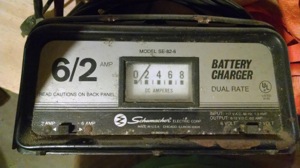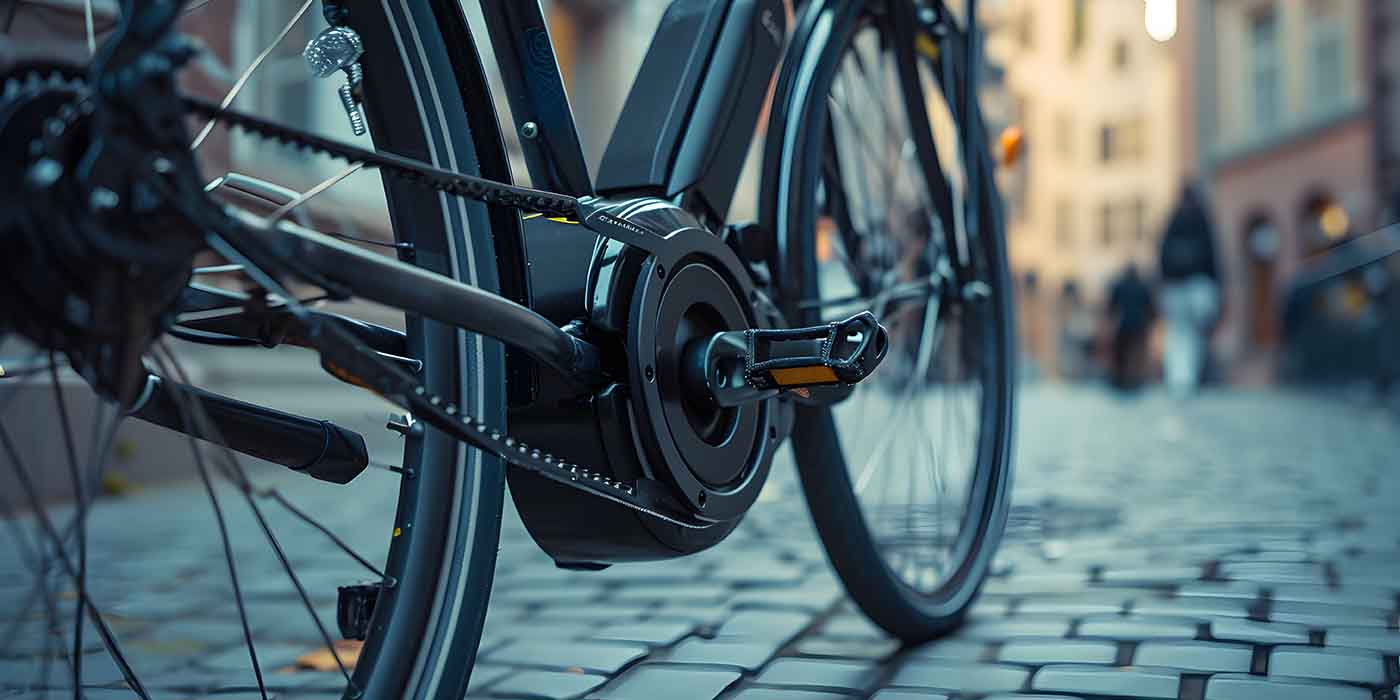Why is it when I buy a new car battery all I need to do is install it and go, while for my motorcycle I need to wait around for the dealer tech to “activate it?” I actually now call ahead to my local motorcycle shop to get my new battery ready a day in advance, but that’s because I learned the hard way when my old one was getting weak. I used to just miss my Sunday ride after getting all dressed and packed up only to hear “click-click-click” at the push of the starter button. Damn! We all hate when that happens!
 The auto industry has been offering “factory activated” plug-and-play batteries to drivers for more than 20 years. It’s not new technology, but its better than what we have. Almost none of the auto batteries in the U.S. are the old dry-cell style, requiring caustic electrolyte solution to be poured in, then an hour wait for the internal lead plates to be fully saturated prior to charging. Not following the manufacturer’s suggested instructions and hooking up the charger prematurely could burn the plates thereby reducing the battery’s lifespan.
The auto industry has been offering “factory activated” plug-and-play batteries to drivers for more than 20 years. It’s not new technology, but its better than what we have. Almost none of the auto batteries in the U.S. are the old dry-cell style, requiring caustic electrolyte solution to be poured in, then an hour wait for the internal lead plates to be fully saturated prior to charging. Not following the manufacturer’s suggested instructions and hooking up the charger prematurely could burn the plates thereby reducing the battery’s lifespan.
If one followed the directions, the first charge should take approximately eight hours to fully activate the battery properly. Add that all up and its nine hours a customer has to wait. Car drivers won’t wait nine hours. Neither will motorcyclists.
Many dealers activate the more popular battery group sizes in advance for customer convenience. But if you ride an offbeat Euro bike like I do, there is no instant plug-and-play solution, thus I have learned to predict my DBS – Dead Battery Syndrome – in advance of it happening. Do you think some dealers cut their in-house activation process short in order to get the customer out the door quicker?
Answer that one for yourself, but chances are none of your customers really know who charged their battery the first time. And it’s pretty common knowledge that a battery’s first charge is the most important charge of its life.
You can bet shipping and EPA regulations will eventually clamp down on battery acids, soon making “factory activated” batteries more or less a mandate. Does your concrete service department floor have any acid etching on it from past overflows and spills? How many of your jeans were ruined by acid drops? My point is made. And since the factory activation process starts a clock ticking on shelf life, it’s important the process doesn’t start on the other side of an ocean connected with a two-three month shipping journey.
The lifespan of an activated battery ranges from 10 to 12 months from the time it leaves the activation plant, so it’s important to track your inventory and turn it over quicker than an older dry-charged battery that has a longer shelf life. – just an inconveniently long activation time. Quicker shipping and domestic activation makes it all possible in this modern age.
The lithium-ion battery market is certainly growing, especially where weight savings is important. The road racing and off-road crowd will spend the extra money to save the weight, but what’s odd is it makes no economic sense to recycle lithium like it does old-fashioned lead. What do you do with the old ones? I guess we will find out when this new type of battery sees the end of its useful lifecycle and we have to do something with them.
As for lead, it’s got an established, sustainable recycling process to the point where the U.S. hardly needs to import it anymore. The auto batteries manufactured here are mostly recycled lead from old car batteries used here. It’s cyclic.
As a customer, I am now starting to stock an extra “factory activated” battery or two in my garage a year or so after a new battery has been installed in my various motorcycles. What’s funny is, the lifespan of these batteries activated professionally by the factory (as opposed to my local dealer) seem to last much longer – twice as long so far.
Maybe it’s bad for your battery sales, but powersports battery longevity is becoming more obvious to me due to my experiences with factory activated AGM batteries for cars. Maybe it’s time to take the chemistry set out of the back of your dealership and leave the activation process to the pros who construct those batteries.
Do you still cook lunch these days, or buy it ready-made? No offense to anyone doing their own activation processes in the back – my point then is to take the extra man-hours to follow the instructions to the letter and then brag to your customers that you are “activating” correctly. Point-of-sale signs should read “Ready to Plug-in and Ride Now.” We’re all smarter these days, so we won’t assume you are short-cutting the process if you’re doing it correctly.
Have you also noticed your customers are adding tons more electrical draw to their machines lately? Monster stereos, auxiliary lighting, GPS systems, electrical clothing, heated seats/grips, chargers and more. Standard alternators will not finish the charging on a new, partially activated battery – they don’t have the power. As electrical accessories continuously get added and stock alternator outputs remain low, guess where the strain goes? The battery.
It’s more important than ever to start out with the strongest battery possible right out of the chute. If my local dealer sent his customer out the door with a new battery activated on-site in under 45 minutes, you can bet that KLR 650 alternator won’t be able to catch up ever!
The biggest mistake we all make is assuming everything is great if the battery cranks the engine over and it starts. That’s better than “click-click-click” this morning when it was dead, but by no means does it guarantee a properly prepared battery with a long life ahead.
The AGM (absorbent glass mat) style of battery, like in automotive circles, will become the majority of the market in powersports since it is sealed, vibration resistant, spill proof and heat resistant. The glass mat layered in between the lead plates holds the electrolyte evenly in place increasing electrical efficiency as well as durability.
You can even run these batteries upside down or sideways while beating the living crap out of them in heated, pounding environments – like our UTV team tends to do in SCORE Baja and Best in the Desert races. Add “factory activation” in North America and you’ll see the future of standard batteries in powersports.
Make it easy…and they will buy, plug in and ride.
The long-running Confessions of a Customer™ is one of columnist Eric Anderson’s commitments to the industry, which includes his retail sales training efforts and service to the MIC Board of Directors. He has built several well-known aftermarket brands and is the founder of Vroom Network, an industry-specific consulting company specializing in marketing, training and brand development.













